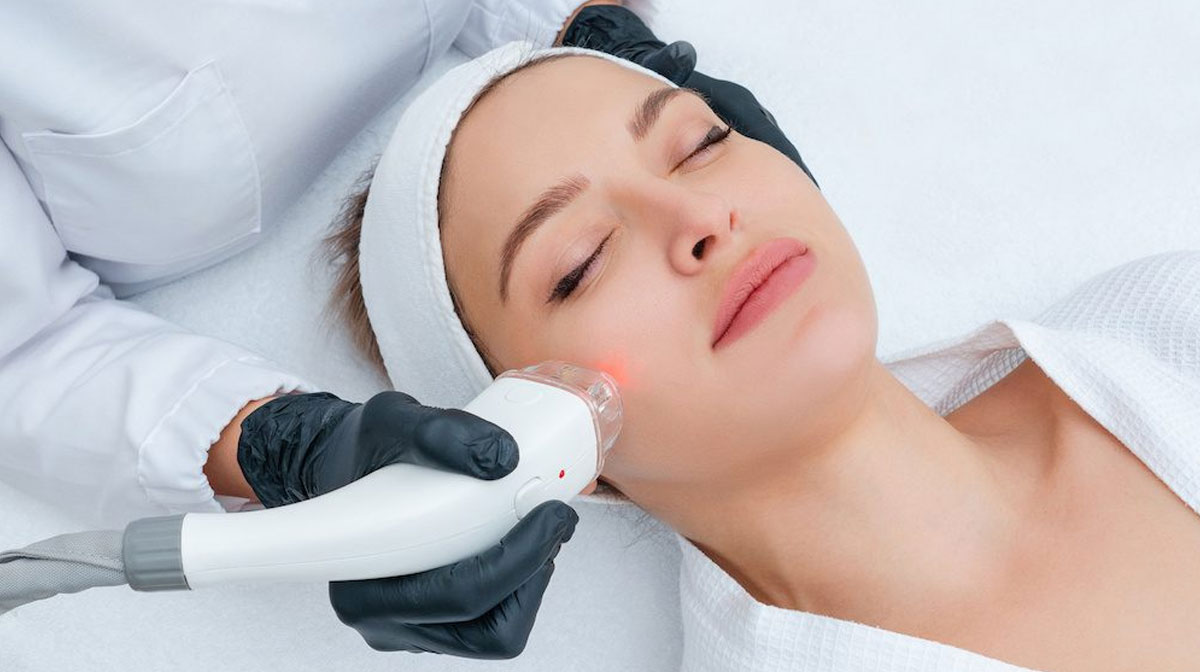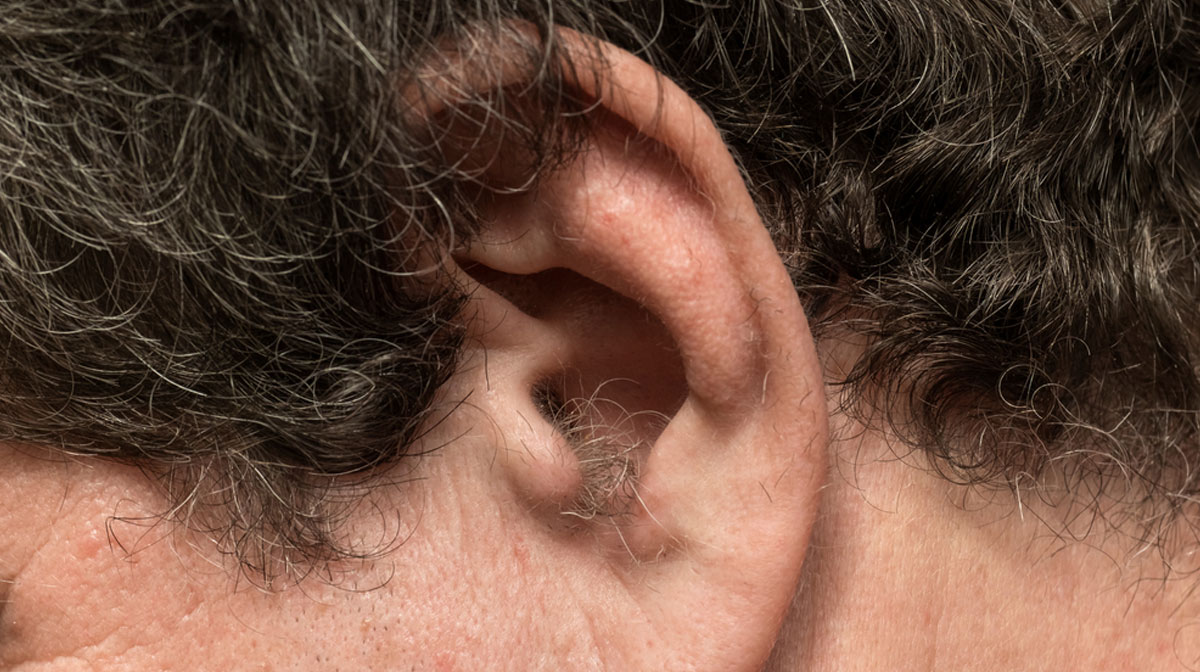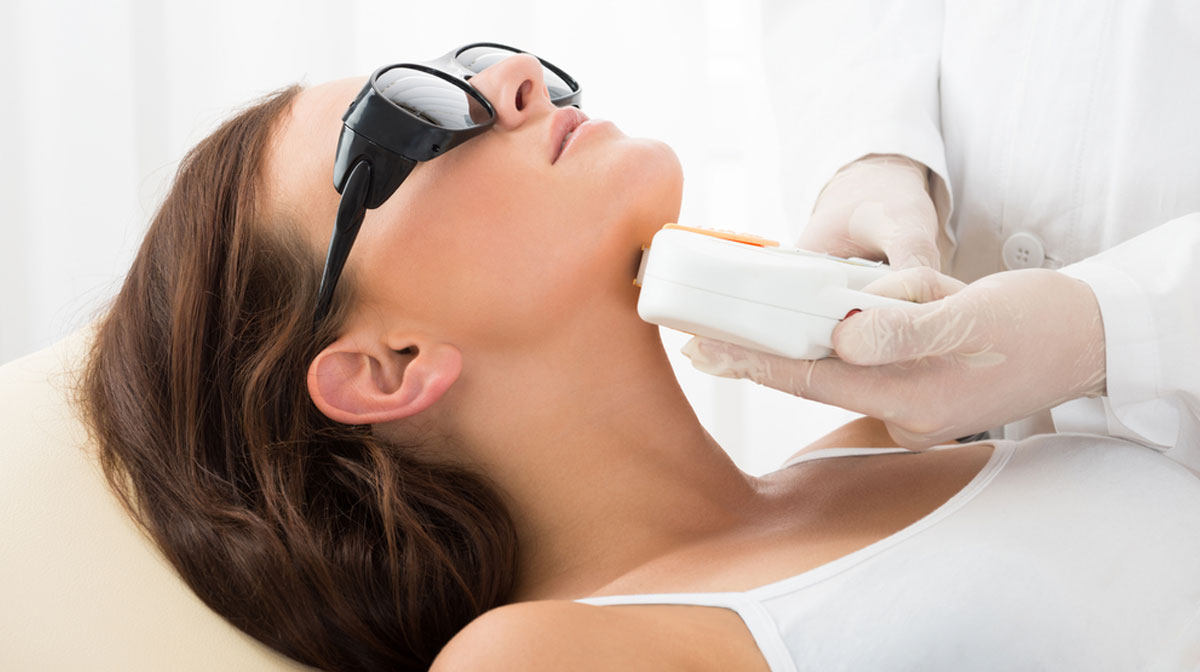- Malad West, Mumbai
- +91-7400188399
- mccmumbaicosmeticcentre@gmail.com
Tattoo removal Treatment
Laser Tattoo removal Treatment in Mumbai
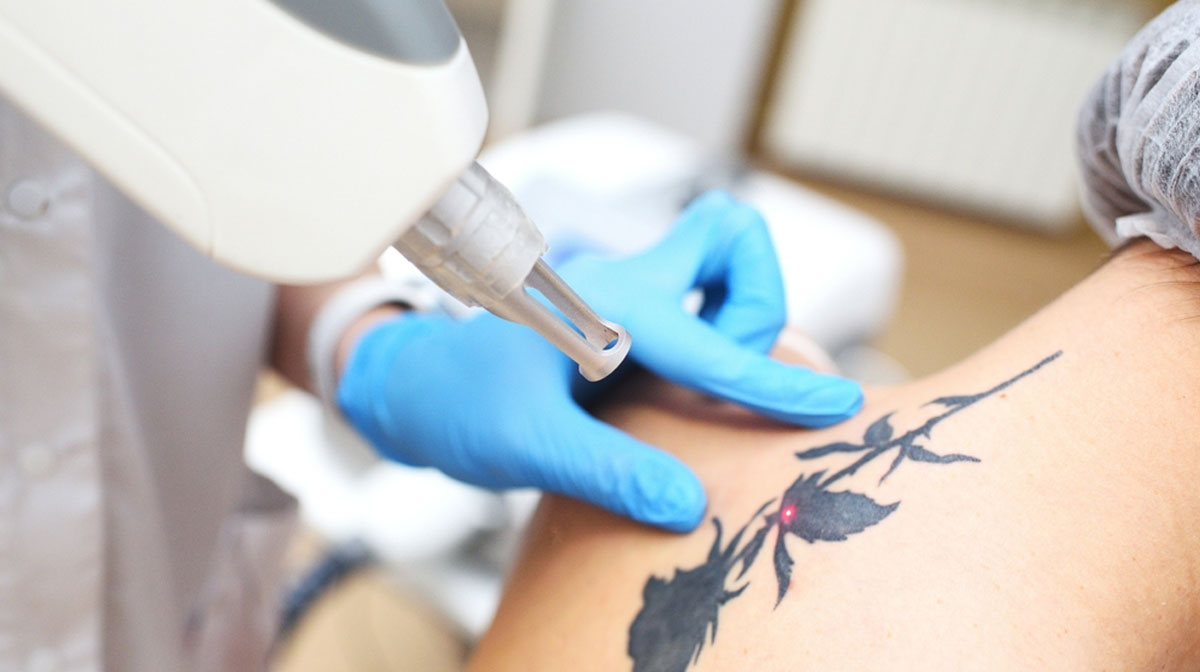
What is Laser Tattoo Removal Treatment?
Advanced laser tattoo removal is a sophisticated cosmetic procedure that uses Advanced Q-switched and picosecond laser technology to break down unwanted tattoo ink. At Mumbai Cosmetic Centre, we utilize state-of-the-art laser systems that deliver ultra-short pulses of intense light, targeting specific ink colors while preserving the surrounding skin tissue. The fragmented ink particles are naturally eliminated by your body's immune system over time, leading to the gradual fading of the tattoo.
Before & After Gallery

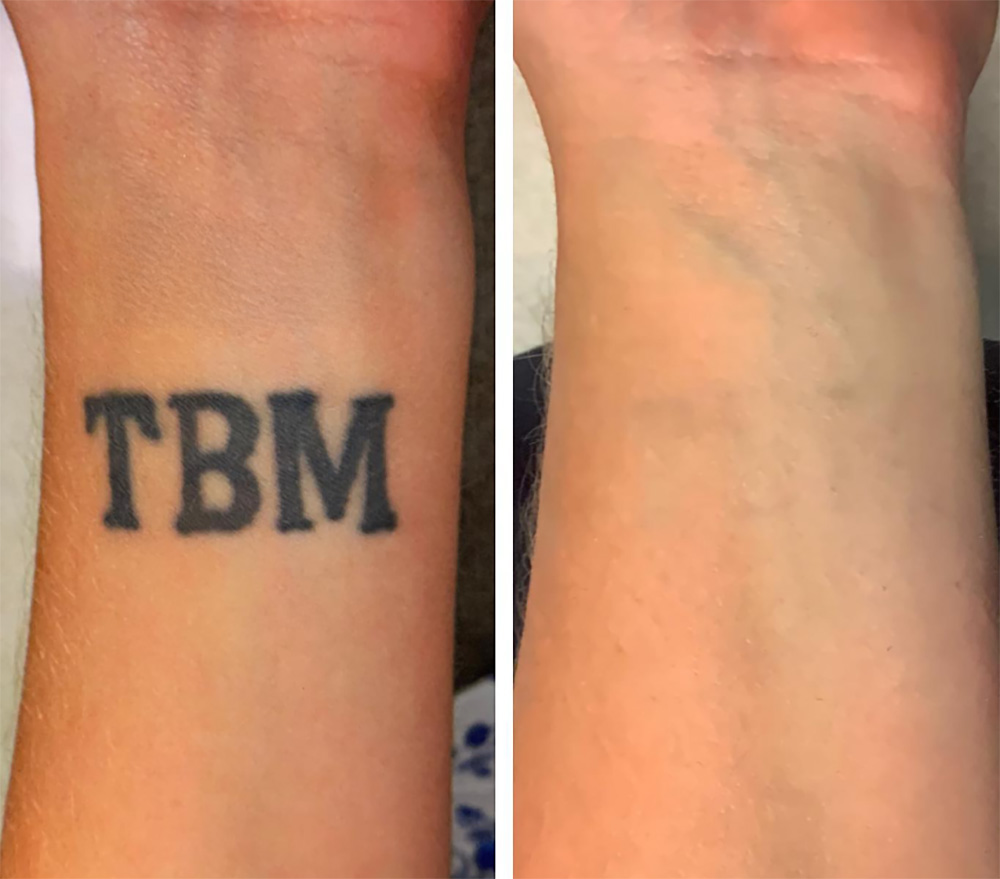
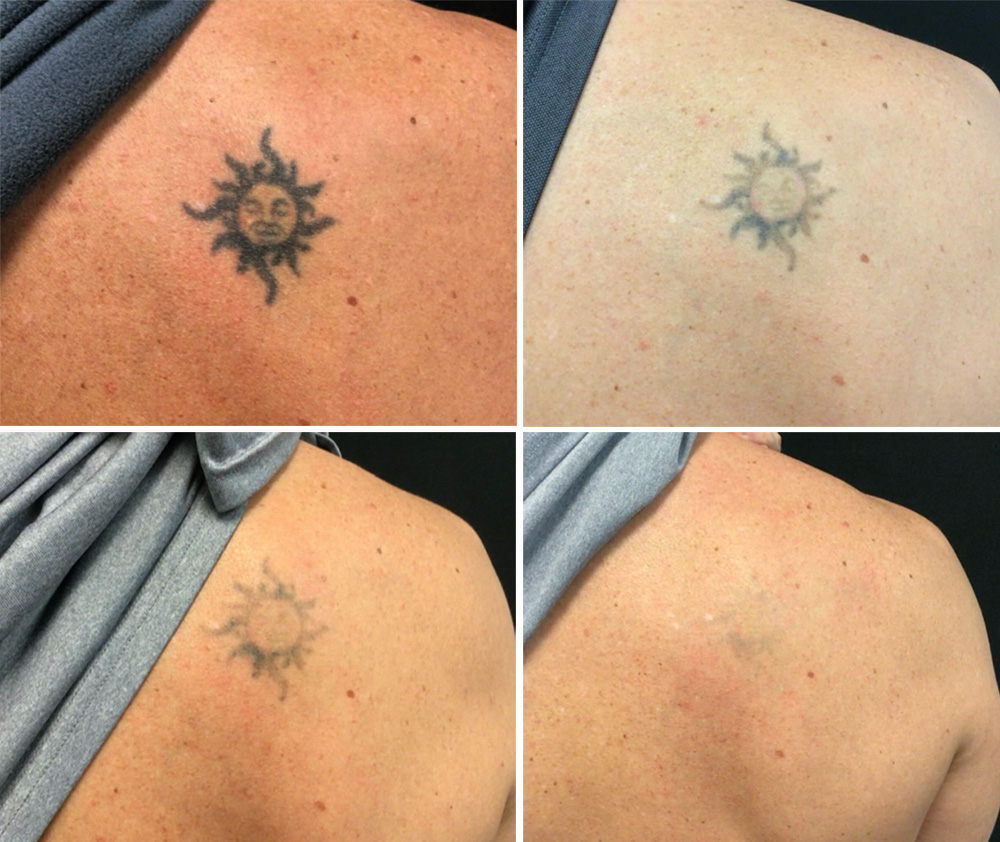
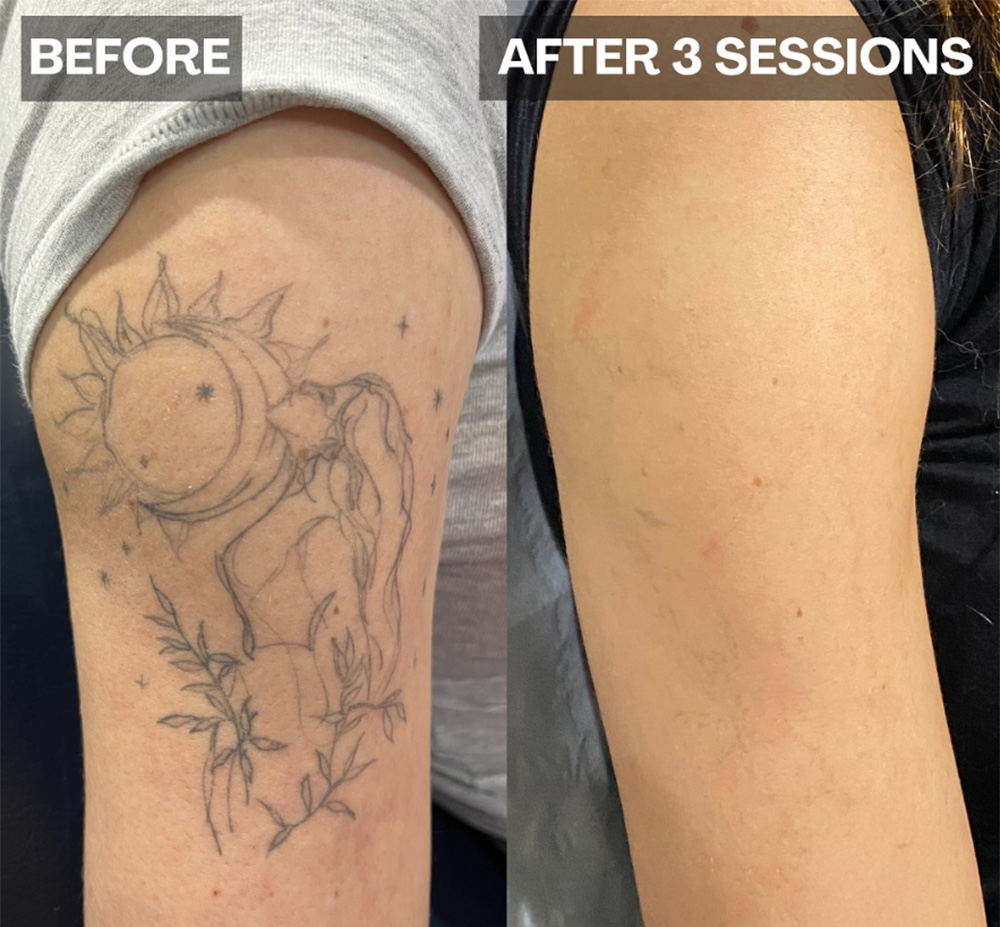
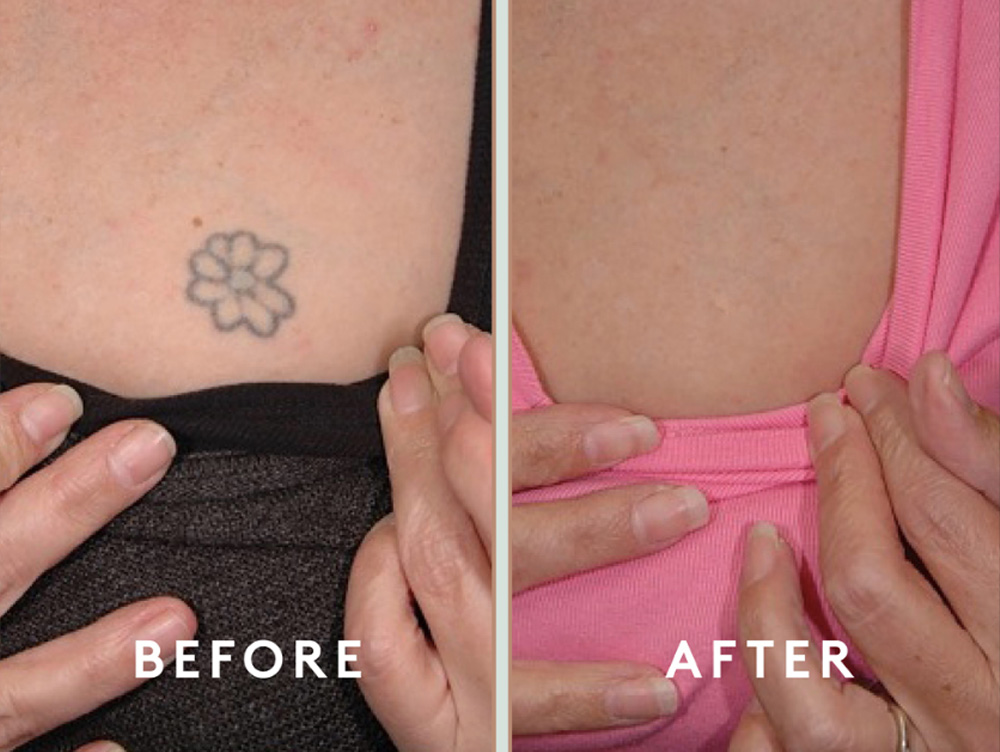

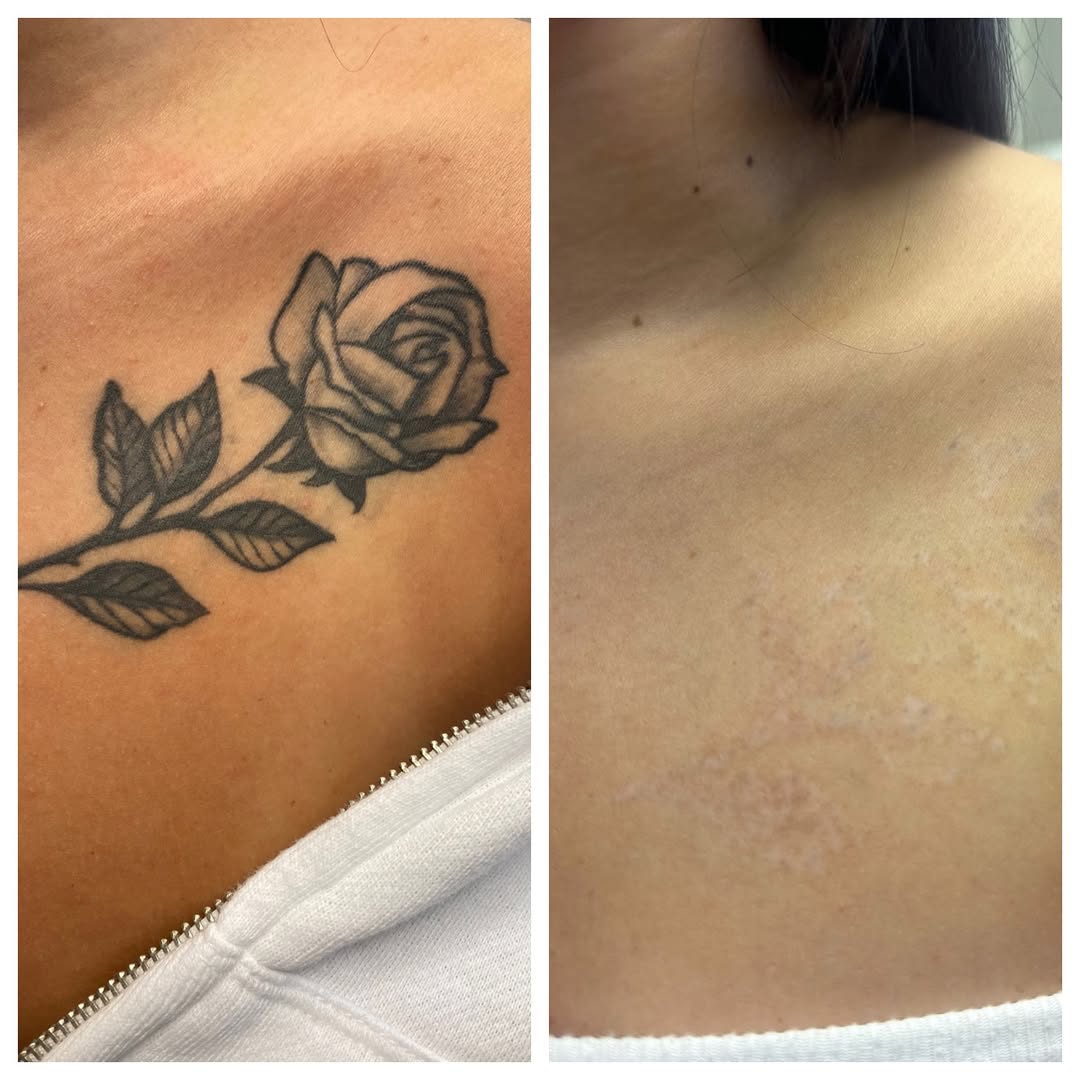
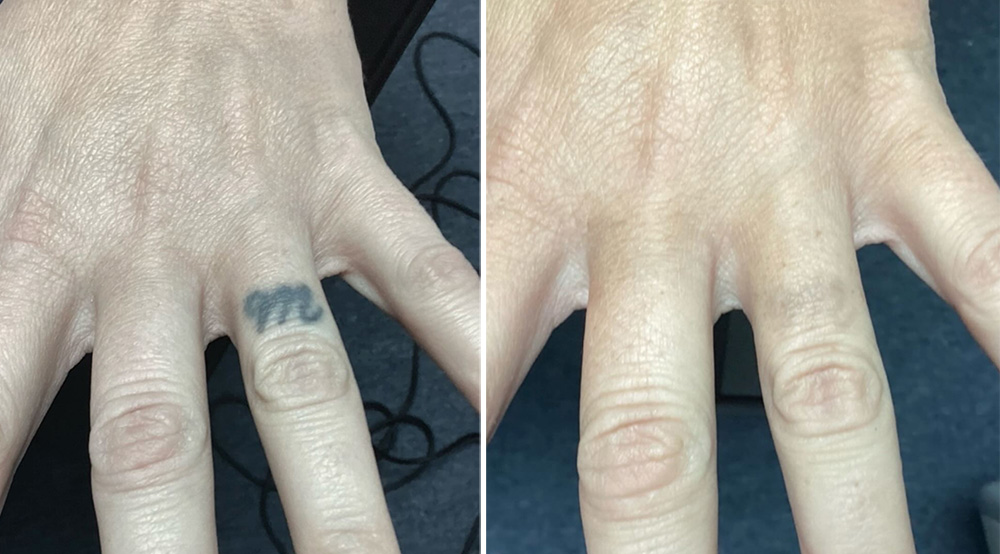
Why Choose Mumbai Cosmetic Centre for Tattoo Removal?
Customized treatment plans based on tattoo size, color, and skin type
Advanced multi-wavelength laser technology for all ink colors
Expert dermatologists with extensive experience in laser treatments
State-of-the-art facility with the latest safety protocols
The Science Behind Laser Tattoo Removal
Our advanced laser systems work on the principle of selective photothermolysis, where specific wavelengths target different ink colors without affecting the surrounding skin. The ultra-short laser pulses, measured in picoseconds or nanoseconds, break down tattoo ink into microscopic particles that your body can naturally eliminate. This precise targeting ensures maximum effectiveness while minimizing the risk of scarring or skin damage.
Benefits of Advanced Laser Tattoo Removal
Precise targeting technology that preserves surrounding skin integrity
Effective on professional, amateur, and cosmetic tattoos
Minimal risk of scarring with proper treatment protocols
Suitable for all skin types with customized treatment parameters
Progressive results with each session
What is the Cost of Laser Tattoo Removal Treatment in Mumbai?
The cost of Laser Tattoo Removal in Mumbai varies based on several factors, including the size, color, and depth of the tattoo. Key factors influencing the cost include:
Tattoo Size & Color:Larger and multi-colored tattoos require more sessions, increasing the cost.
Number of Sessions:The number of treatments needed depends on tattoo ink type, skin type, and fading response.
Laser Technology Used:Advanced laser systems may offer more effective removal but can impact pricing.
Clinic Expertise & Location:The experience of the specialist and clinic location can affect pricing.
At Mumbai Cosmetic Centre, we offer a personalized consultation to assess your tattoo and provide a detailed cost estimate. This ensures transparency and helps you make an informed decision based on your needs and budget.
To know more about Cost Contact Now !
How Does Laser Tattoo Removal Work?
Laser tattoo removal uses advanced laser technology to break down tattoo ink particles into smaller fragments. These fragments are then naturally eliminated by the body over time. At Mumbai Cosmetic Centre, we use safe and effective laser systems to target different ink colors, ensuring minimal discomfort and faster fading with each session.
What to Expect During Laser Tattoo Removal in Mumbai?
During the procedure, our expert will apply a cooling gel before using the laser to target the tattoo. You may feel a mild stinging sensation, similar to a rubber band snap. Sessions are quick, and multiple treatments may be needed depending on tattoo size and color. Our specialists at Mumbai Cosmetic Centre ensure a comfortable and personalized treatment experience.
Post-Treatment Care Tips
After laser tattoo removal, the treated area may feel slightly tender or red. To aid healing.
Keep the area clean and dry.
Avoid sun exposure and apply sunscreen.
Follow the dermatologist’s instructions for aftercare.
Stay hydrated and maintain a healthy lifestyle for optimal skin recovery.
Apply the recommended ointments/moisturizer to reduce irritation.
Avoid Picking or Scratching.
Top Tattoo removal Experts in Mumbai
FAQs About Laser Tattoo Removal
1. How many sessions will I need?
The number of sessions varies depending on factors such as tattoo size, ink density, colors used, and skin type. Most patients require 6-12 sessions, spaced 6-8 weeks apart, for optimal results.
2. Is the procedure painful?
We use advanced cooling systems and topical anesthetics to ensure comfort during the procedure. Most patients describe the sensation as similar to a rubber band snap. Any mild discomfort is temporary and manageable.
3. What results can I expect?
While complete removal is possible in many cases, results vary based on individual factors. Most patients see significant fading after 3-4 sessions, with continued improvement throughout the treatment course.
4. Are there any side effects?
Temporary effects may include redness, swelling, and mild bruising. These typically resolve within a few days. Our expert team provides comprehensive aftercare instructions to ensure optimal healing.
5. How should I prepare for treatment?
Avoid sun exposure, certain medications, and skin irritants before treatment. During your consultation, our specialists will provide detailed pre-treatment guidelines tailored to your specific case.






